
@senescel.org 2025, they gave it their all, refining every argument and minute.
Their talks put our metabolic bottleneck model of aging on the field’s radar. 👏
What do you think drives tissue aging, the cell or its environment? 🤔




@senescel.org 2025, they gave it their all, refining every argument and minute.
Their talks put our metabolic bottleneck model of aging on the field’s radar. 👏
What do you think drives tissue aging, the cell or its environment? 🤔
Immunotherapies succeed in only ~20% of cases.
Help us break resistance by engineering the right environment.
Join the Aging & Cancer Lab 🌍
👉 Apply: vhiovidaprogramme.eu/recruitment/ | mauslab.org

Immunotherapies succeed in only ~20% of cases.
Help us break resistance by engineering the right environment.
Join the Aging & Cancer Lab 🌍
👉 Apply: vhiovidaprogramme.eu/recruitment/ | mauslab.org
As our lab turns soon 3, we keep on testing how to grow a culture where ideas and people thrive.
For anyone curious about the science of teamwork, The Culture Code is a brilliant field guide.
📖 #LabReads

As our lab turns soon 3, we keep on testing how to grow a culture where ideas and people thrive.
For anyone curious about the science of teamwork, The Culture Code is a brilliant field guide.
📖 #LabReads
pubmed.ncbi.nlm.nih.gov/39698109/

pubmed.ncbi.nlm.nih.gov/39698109/
Hedge et al. ( @miriammerad.bsky.social lab)
show that tumors trigger an NRF2-driven stress response in myeloid precursors, which then suppress anti-tumor immunity. Blocking NRF2 boosts immunotherapy.
#JC
🔗 www.nature.com/articles/s41...

Hedge et al. ( @miriammerad.bsky.social lab)
show that tumors trigger an NRF2-driven stress response in myeloid precursors, which then suppress anti-tumor immunity. Blocking NRF2 boosts immunotherapy.
#JC
🔗 www.nature.com/articles/s41...
• Lectures: Fundamental Research, Patient-centered Research, Proteomics
• Workshop: Patient Involvement
• First Poster Session!
@vhio.bsky.social @nkinl.bsky.social @nct-heidelberg.bsky.social @gustaveroussy.fr @ki.se @zwartlab.bsky.social @mauslab.bsky.social




• Lectures: Fundamental Research, Patient-centered Research, Proteomics
• Workshop: Patient Involvement
• First Poster Session!
@vhio.bsky.social @nkinl.bsky.social @nct-heidelberg.bsky.social @gustaveroussy.fr @ki.se @zwartlab.bsky.social @mauslab.bsky.social
▶️https://youtube.com/shorts/q0g6zdywe6s
▶️https://youtube.com/shorts/q0g6zdywe6s
🔗 www.science.org/doi/10.1126/...
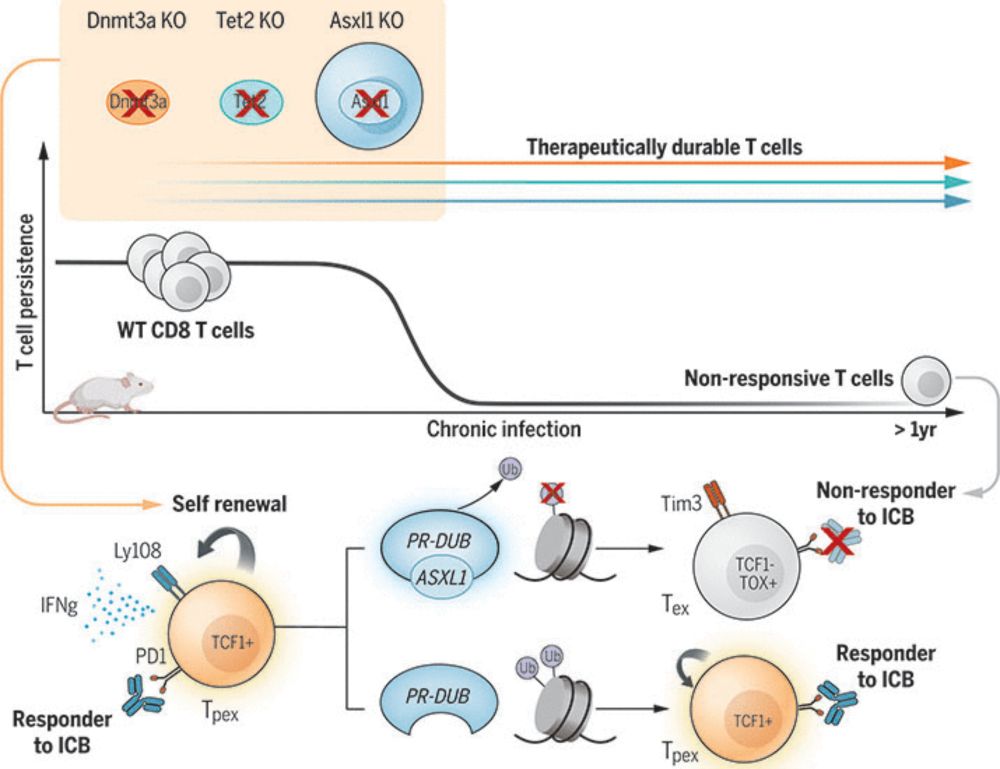
🔗 www.science.org/doi/10.1126/...
🔗 ashpublications.org/bloodadvance...
🔗 ashpublications.org/bloodadvance...
#JournalClub
www.nature.com/articles/s41...
#JournalClub
www.nature.com/articles/s41...
www.nature.com/articles/s41...

www.nature.com/articles/s41...
#JournalClub
www.exphem.org/article/S030...

#JournalClub
www.exphem.org/article/S030...
Gloria will explore how aging creates metabolic bottlenecks in the colon and how these shape tumorigenesis.
With Gloria, Laura & Aiste, our summer intern dream team is complete!💪

Gloria will explore how aging creates metabolic bottlenecks in the colon and how these shape tumorigenesis.
With Gloria, Laura & Aiste, our summer intern dream team is complete!💪
#JournalClub
www.cell.com/cell/fulltex...

#JournalClub
www.cell.com/cell/fulltex...
What connects aging and cancer? Can we stop it?
We team up and take aim together at the route causes.. 🔬💥

What connects aging and cancer? Can we stop it?
We team up and take aim together at the route causes.. 🔬💥
@VU_LT
to the lab this summer!
She’ll be studying how chemotherapy alters metabolism in healthy tissues and how this may drive accelerated aging in childhood cancer survivors.
#Aging #Cancer #SummerIntern
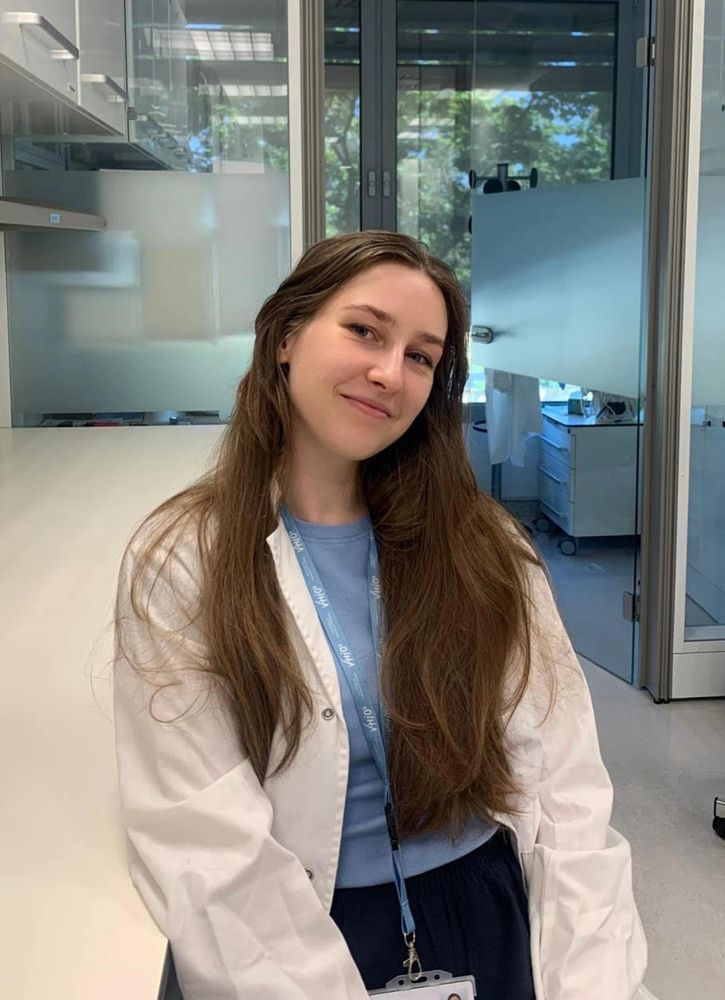
@VU_LT
to the lab this summer!
She’ll be studying how chemotherapy alters metabolism in healthy tissues and how this may drive accelerated aging in childhood cancer survivors.
#Aging #Cancer #SummerIntern
But as @sjayolshansky et al. show, most gains came from reducing early death. Further progress depends on tackling aging and its consequences.
#JC
www.nature.com/articles/s43...
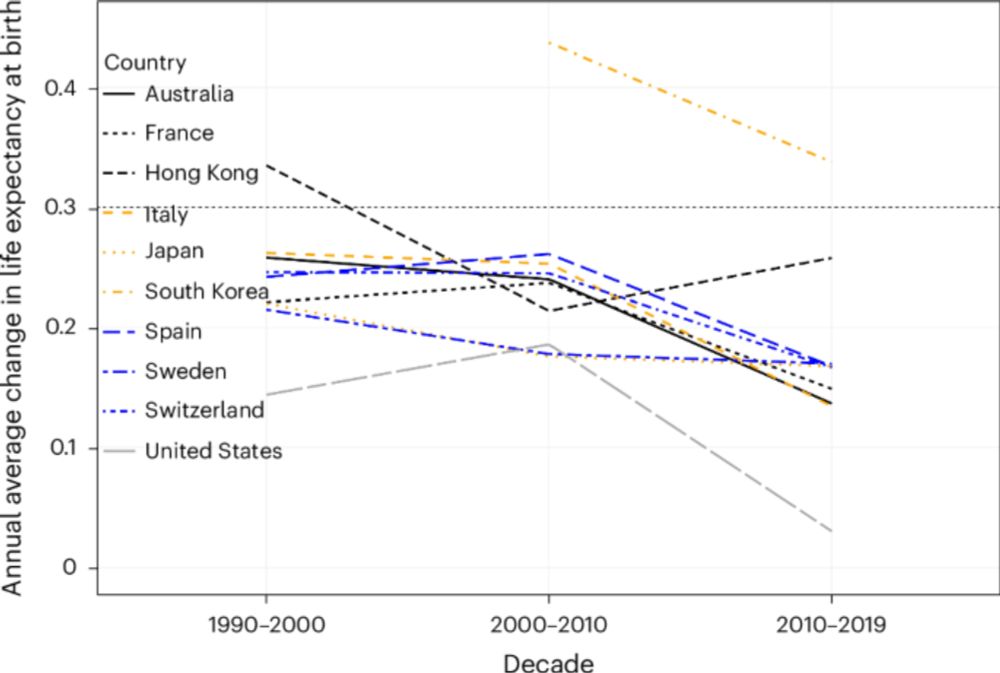
But as @sjayolshansky et al. show, most gains came from reducing early death. Further progress depends on tackling aging and its consequences.
#JC
www.nature.com/articles/s43...
Joining us this summer from @URV_universitat, Laura Boró García will be exploring how aging and chemotherapy disrupt metabolism and epigenetics in the bone marrow. We’re thrilled to have her with us! 🧬🧪
#Aging #Cancer #SummerIntern
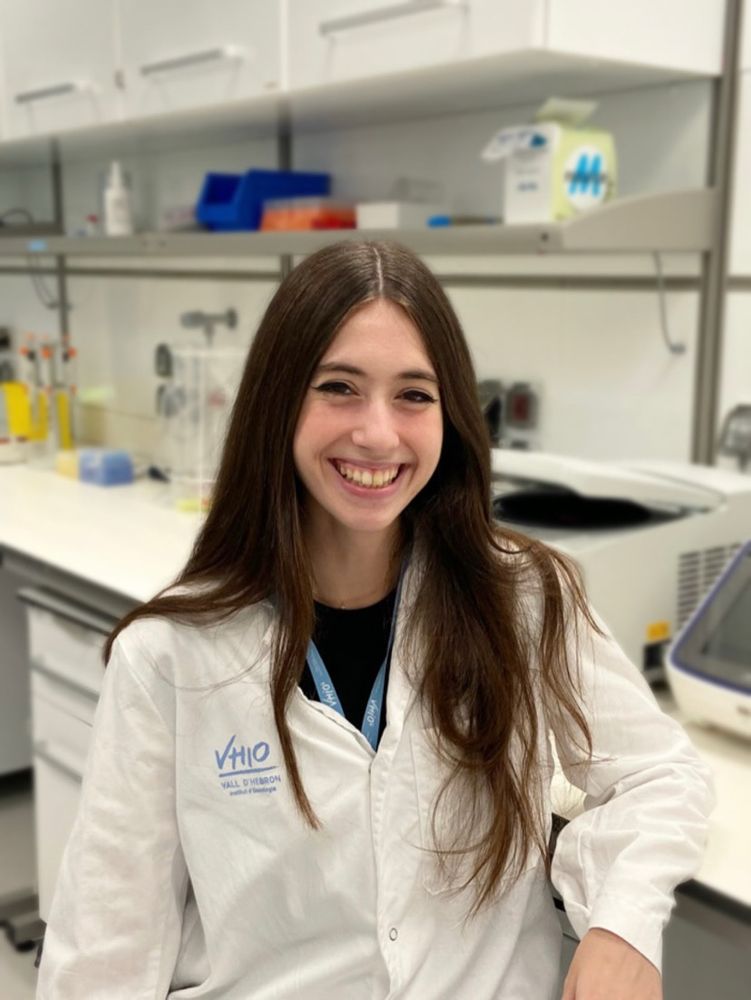
Joining us this summer from @URV_universitat, Laura Boró García will be exploring how aging and chemotherapy disrupt metabolism and epigenetics in the bone marrow. We’re thrilled to have her with us! 🧬🧪
#Aging #Cancer #SummerIntern
#JournalClub
www.nature.com/articles/s41...

#JournalClub
www.nature.com/articles/s41...
#JournalClub
www.nature.com/articles/s41...

#JournalClub
www.nature.com/articles/s41...
#JournalClub
www.biorxiv.org/content/10.1...
#JournalClub
www.biorxiv.org/content/10.1...
Donella Meadows’ Thinking in Systems offers a toolkit to understand biology, society, and the economy in their native language: systems.
#LabReads 📚
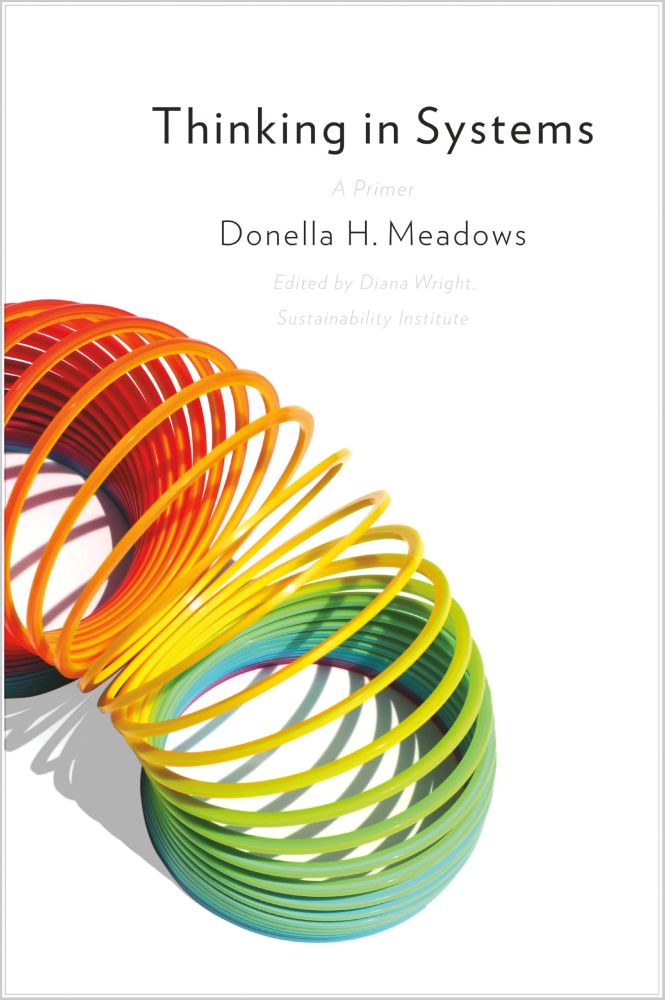
Donella Meadows’ Thinking in Systems offers a toolkit to understand biology, society, and the economy in their native language: systems.
#LabReads 📚
Exciting work from Vermeulen lab!
Presented by Marc Guasch @JournalClub
www.nature.com/articles/s41...

Exciting work from Vermeulen lab!
Presented by Marc Guasch @JournalClub
www.nature.com/articles/s41...
#JournalClub Ning Huang
www.nature.com/articles/s41...

#JournalClub Ning Huang
www.nature.com/articles/s41...
Francesca Cogo #JournalClub
www.nature.com/articles/s41...
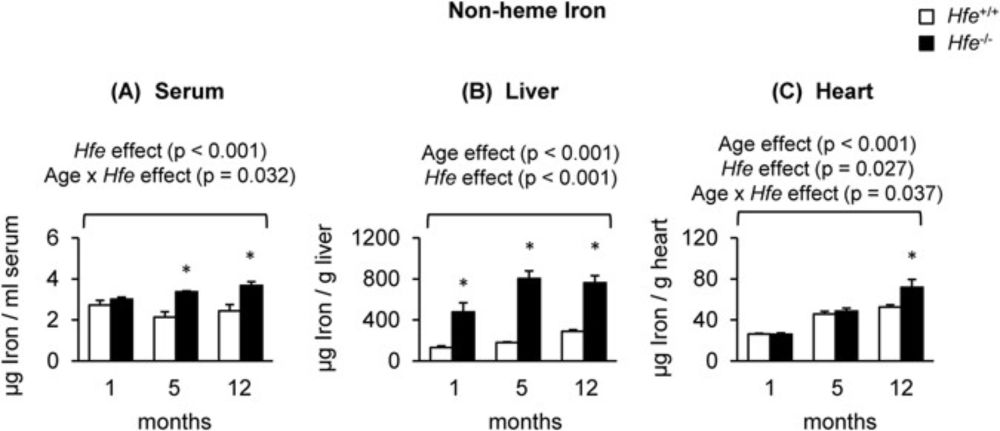
Francesca Cogo #JournalClub
www.nature.com/articles/s41...

